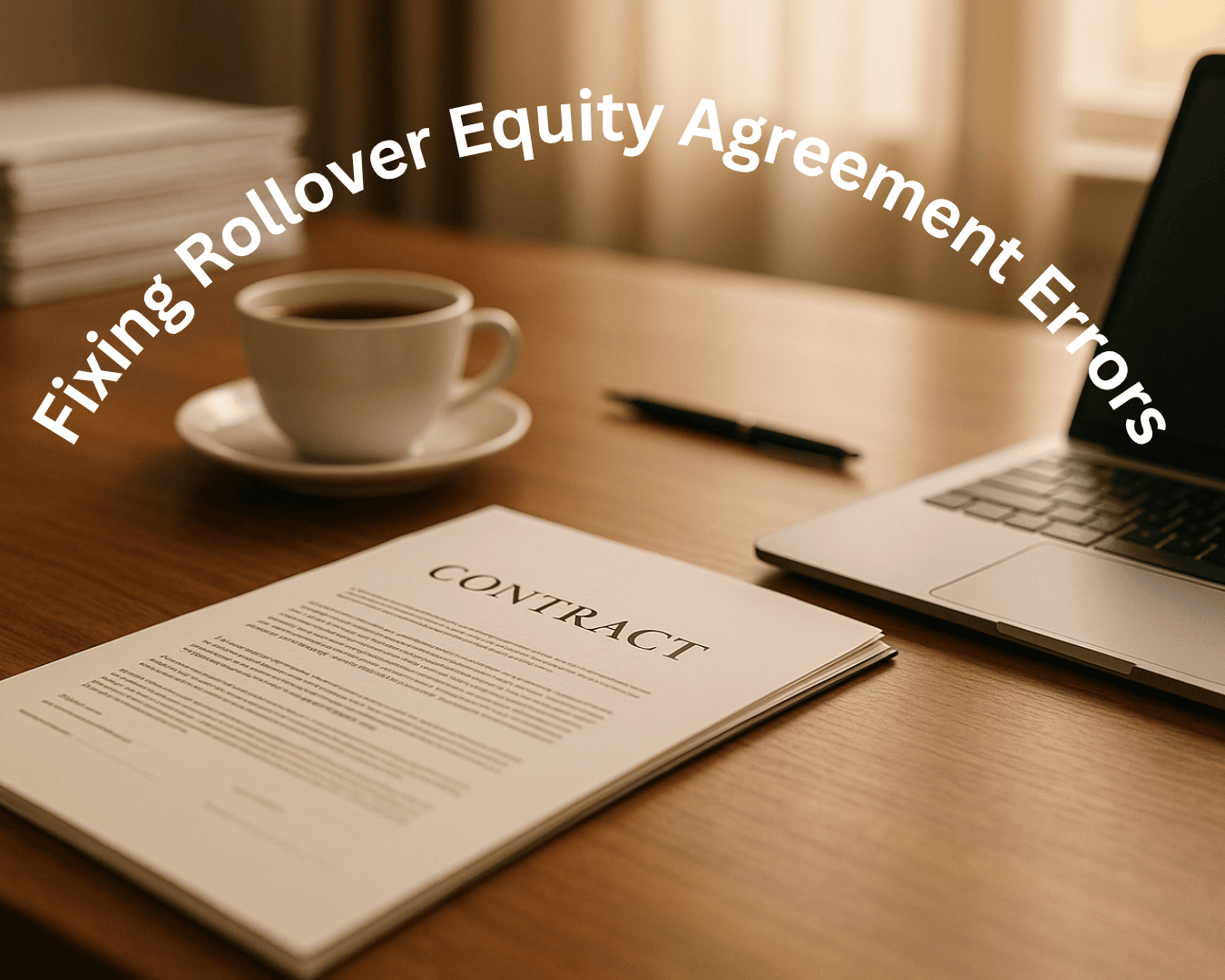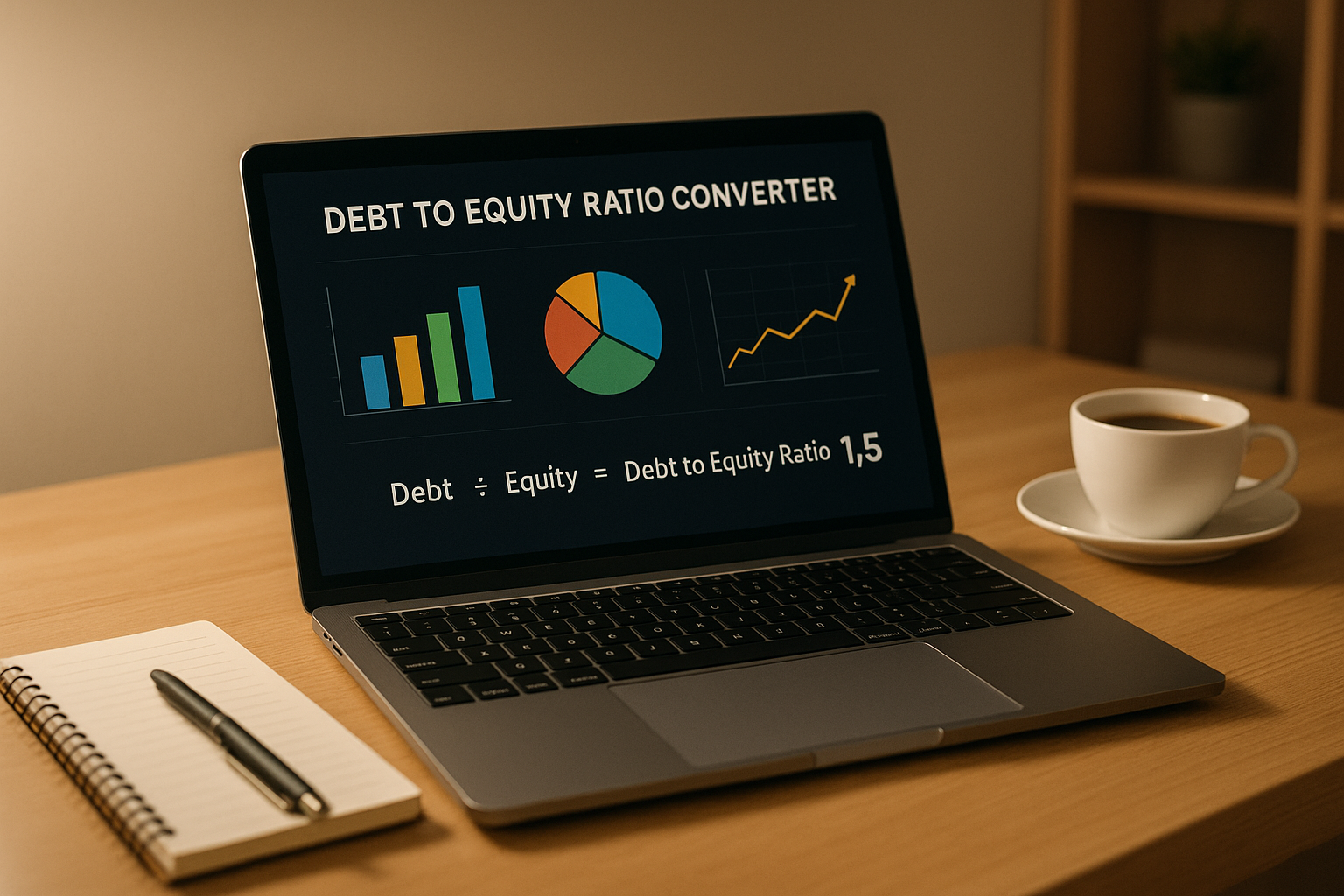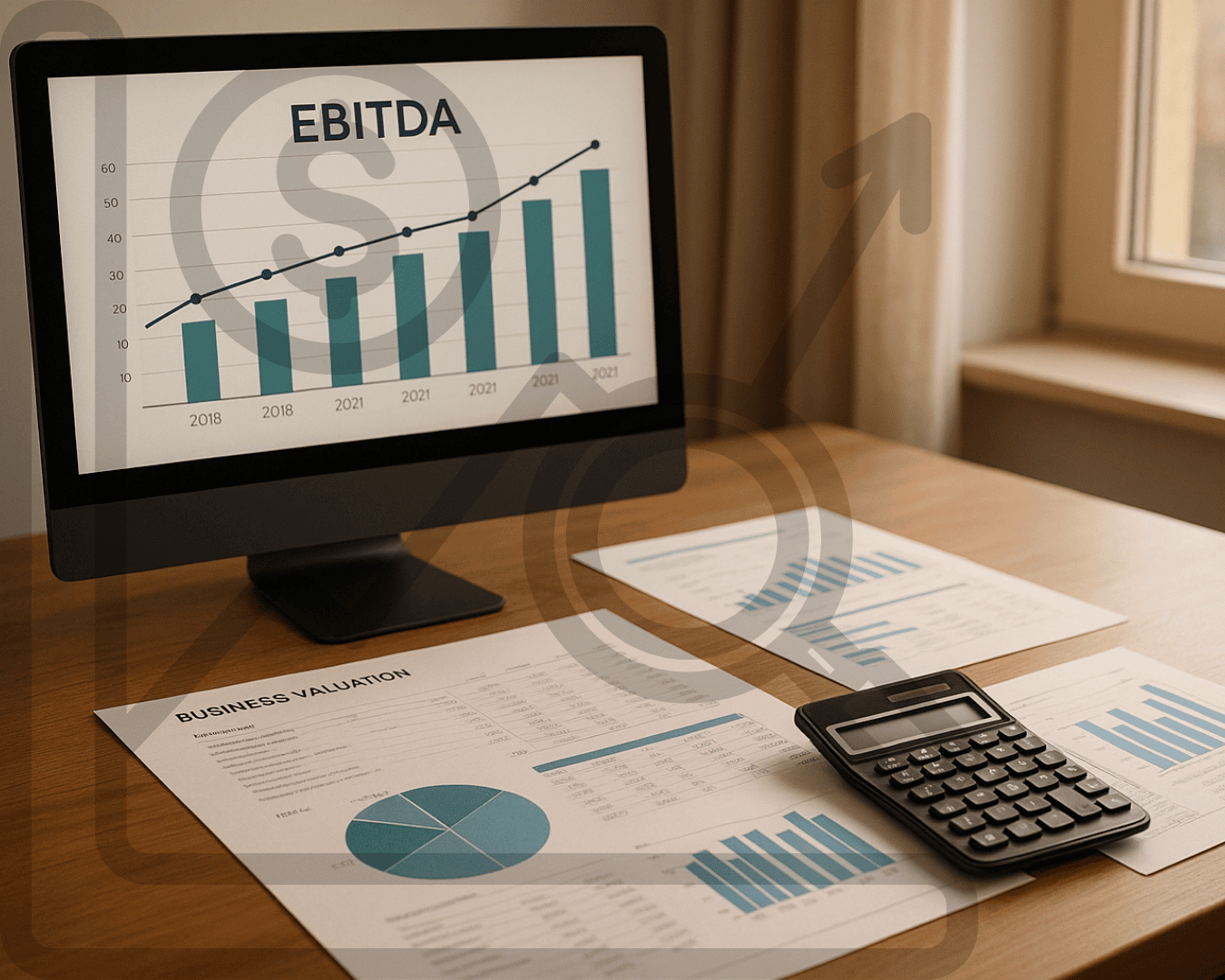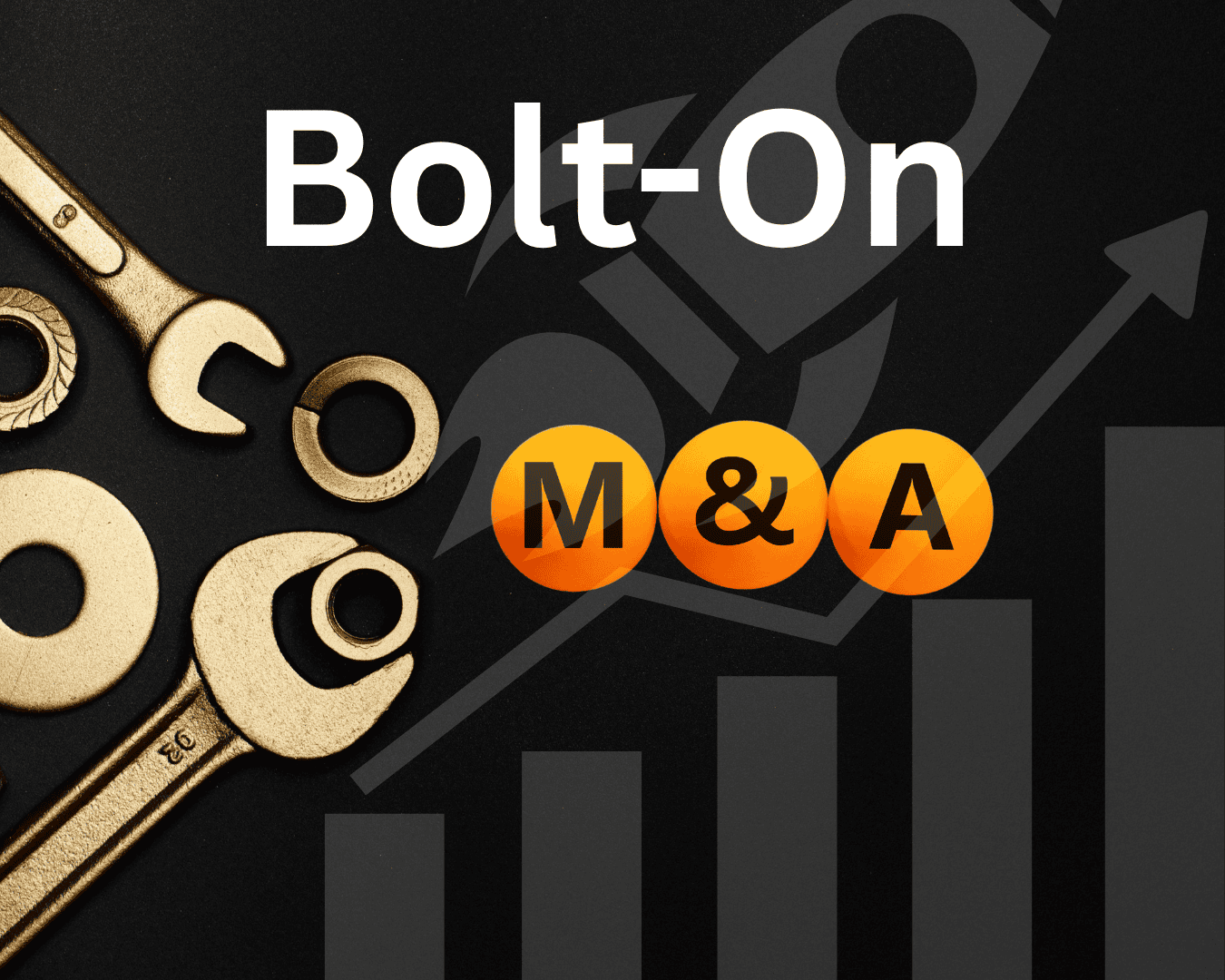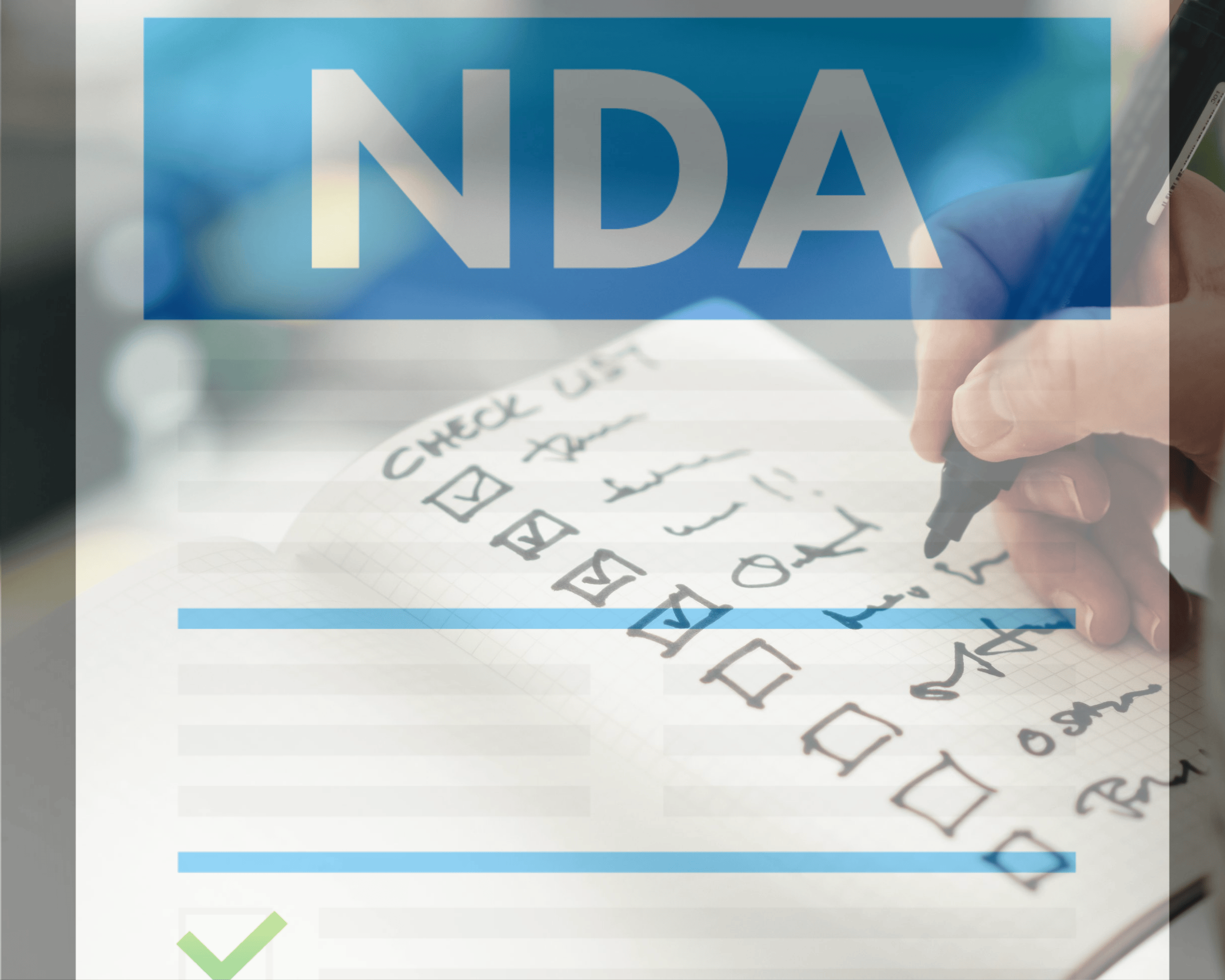When you're assessing the health of a small or medium-sized business (SMB), KPIs (Key Performance Indicators) are your go-to tools for making informed decisions. These metrics give you a clear picture of how a business is performing beyond just financial statements. Whether you're buying a business or managing one, KPIs help you identify strengths, weaknesses, and growth potential.
Here’s what you need to know upfront:
- Revenue per Employee: Measures workforce productivity. Higher values often indicate efficiency.
- Gross Margin Percentage: Shows how much profit remains after covering direct costs. Compare this to industry averages.
- Inventory Turnover: Tracks how fast inventory is sold and replaced. High turnover is usually a good sign but depends on the business type.
- Customer Acquisition Cost (CAC): Reveals how much it costs to gain a new customer. Lower CAC compared to customer lifetime value (CLV) is ideal.
- Staff Turnover Rate: Indicates employee retention and workplace stability. High rates can signal management or cultural issues.
Why do these matter? KPIs help you spot risks, find improvement opportunities, and refine valuations during acquisitions. They also guide decision-making post-acquisition by tracking progress and identifying areas for adjustment.
Pro Tip: Use tools like automated tracking platforms and secure data rooms to streamline KPI analysis. These tools can save time and provide real-time insights, ensuring accuracy and reducing manual errors.
Understanding and tracking the right KPIs can make or break your business decisions. Let’s dive into how they work, why they matter, and how to use them effectively.
Measuring the Right KPI's as a Small Business Owner
Core KPIs for SMB Health Assessment
When assessing the health of a small or medium-sized business (SMB), certain key performance indicators (KPIs) stand out as essential. These metrics go beyond traditional financial statements, offering a closer look at how effectively the business operates and whether its performance can be maintained or improved under new ownership. Here are five critical KPIs that provide valuable insights into an SMB's operational health and growth potential.
Revenue per Employee
Revenue per employee is a measure of workforce productivity. It’s calculated by dividing the total annual revenue by the number of full-time equivalent employees:
Total Annual Revenue ÷ Number of Full-Time Employees = Revenue per Employee
For instance, if a business generates $2.4 million annually with 12 employees, its revenue per employee would be $200,000.
A higher revenue per employee often reflects greater efficiency, better use of technology, or strong workforce management. On the other hand, lower figures could point to overstaffing, inefficiencies, or missed opportunities to boost productivity. Trends in this metric can also be revealing: a decline might signal operational challenges, while an upward trend suggests scalable and effective management practices. This historical data helps potential buyers understand whether current productivity levels are sustainable and what adjustments might be needed after acquisition.
Gross Margin Percentage
Gross margin percentage indicates how much revenue remains after covering the direct costs of goods sold (COGS). It’s calculated as:
(Revenue - COGS) ÷ Revenue × 100
This metric sheds light on a business’s pricing strategy and cost management. A higher gross margin often reflects strong market positioning, efficient operations, or premium product offerings. Lower margins, on the other hand, might indicate pricing pressures, rising costs, or inefficiencies.
For buyers, gross margin analysis is a window into a company’s pricing flexibility and resilience to cost fluctuations. For example, a business that maintains steady margins despite rising input costs likely has strong vendor relationships or effective pricing strategies. On the flip side, shrinking margins could highlight competitive threats or management challenges that might impact profitability post-acquisition.
Industry benchmarks are key here. Service businesses often see gross margins between 70-90%, while retail operations might operate with margins closer to 20-40%. Understanding these benchmarks helps buyers set realistic expectations and pinpoint areas of strength or concern.
Inventory Turnover
Inventory turnover measures how quickly a business sells and replaces its inventory. It’s calculated as:
Cost of Goods Sold ÷ Average Inventory Value
This KPI reveals how well a business manages its inventory and working capital. High turnover suggests strong demand and efficient cash flow management, while lower turnover could indicate overstocking, slow-moving items, or poor demand forecasting. However, extremely high turnover might also signal understocking, which could lead to missed sales opportunities.
For retail and manufacturing businesses, inventory turnover has a direct impact on cash flow and storage costs. For example, a company with six inventory turns per year converts stock to cash every two months, while one with only two turns ties up cash for six months. Seasonal businesses, like a landscaping supply company, require a more nuanced analysis. Turnover might dip in winter but spike in spring and summer, and understanding these patterns is crucial for planning working capital needs.
Customer Acquisition Cost (CAC)
Customer Acquisition Cost (CAC) measures the cost of acquiring one new customer. It’s calculated as:
Total Sales and Marketing Expenses ÷ Number of New Customers Acquired
This metric highlights the efficiency of a company’s growth strategies. A low CAC relative to customer lifetime value (CLV) indicates effective marketing and a strong product-market fit. On the other hand, a rising CAC could signal growing competition, less effective marketing, or challenges in scaling.
Breaking down CAC by channel provides even deeper insights. For instance, businesses relying on referrals often have lower CACs compared to those heavily dependent on paid advertising. This information helps buyers evaluate whether current growth strategies are sustainable and where there might be room for improvement.
CAC analysis is particularly important for businesses planning to expand. If CAC is already high in existing markets, it may rise even further in new ones, impacting growth projections and capital requirements. Understanding these dynamics is key to strategic planning during acquisitions.
Staff Turnover Rate
Staff turnover rate measures how well a business retains its employees. It’s calculated as:
Number of Employees Who Left ÷ Average Number of Employees × 100
This KPI provides insights into management effectiveness, workplace culture, and organizational stability. High turnover can signal management issues, inadequate compensation, or poor working conditions, all of which could complicate post-acquisition integration. Conversely, low turnover often reflects strong employee satisfaction and operational stability.
Breaking this metric down by role and tenure can reveal even more. For example, high turnover among new hires might point to poor onboarding or training, while turnover among experienced employees could indicate dissatisfaction with management or pay.
In service-based businesses, staff turnover can directly affect customer relationships and service quality. A consulting firm losing experienced employees risks disrupting client relationships and project continuity. Training new hires, temporary productivity losses, and potential service disruptions all add hidden costs, making this KPI especially important for businesses reliant on specialized skills or long-term customer relationships.
These KPIs, when analyzed together, offer a comprehensive view of an SMB’s operational health. They also serve as a foundation for evaluating other critical metrics, such as customer retention and employee satisfaction, ensuring buyers are equipped with the insights needed for a successful acquisition.
Customizing KPIs for Your Business
While standard KPIs provide a starting point, every acquisition requires a tailored approach to performance metrics. The most effective due diligence process adapts KPIs to fit the specific business model, industry nuances, and acquisition goals.
Matching KPIs to Business and Acquisition Goals
KPIs should align with both the target company’s characteristics and your acquisition strategy. For instance, a manufacturing firm acquiring a competitor will prioritize different metrics than a private equity firm focused on operational improvements in a service-based business.
Factors like industry, business maturity, and the pace of integration play a key role in determining which KPIs matter most. A restaurant chain should track metrics like table turnover rates and food cost percentages, while a software company may focus on monthly recurring revenue (MRR) and churn rates. Early-stage businesses often emphasize growth metrics such as customer acquisition cost, whereas mature companies benefit from efficiency metrics like working capital management.
The timeline and integration strategy also influence KPI selection. If you’re planning rapid operational changes, prioritize metrics that highlight potential risks, such as customer concentration ratios or key employee retention rates. For acquisitions with minimal operational involvement, focus on sustainability indicators like recurring revenue percentages or competitive positioning metrics.
Geography can’t be overlooked either. Businesses operating across multiple states need location-specific performance tracking. Similarly, companies in regulated industries should monitor compliance-related KPIs that may not apply to other sectors.
Once you’ve determined the right KPIs for your industry and strategy, the next step is ensuring the accuracy of the data you’ll rely on.
Ensuring Data Accuracy and Reliability
Accurate data is essential, but many small and mid-sized businesses (SMBs) lack the advanced tracking systems found in larger organizations. This makes it critical for buyers to go beyond traditional financial audits and implement thorough verification strategies.
Source verification begins with understanding how each metric is calculated and tracked. For example, small businesses often use inconsistent methods for calculating metrics like customer acquisition cost. Request detailed explanations of how metrics are computed, including data sources and any historical adjustments.
Historical consistency is just as important as current accuracy. For example, if a business changed its inventory valuation method two years ago, turnover trends may appear misleading unless adjusted for the methodology shift. Similarly, segmented analysis is necessary for companies that have expanded into new markets or service lines to accurately assess operational performance.
Third-party validation can offer an additional layer of credibility. For instance, customer surveys can confirm retention rates, while supplier interviews might uncover payment timing issues that aren’t reflected in standard accounts payable metrics. Benchmarking data from industry associations can also help identify anomalies that require further investigation.
Technology limitations in many SMBs lead to manual data collection and calculations, which are more prone to errors. When dealing with manually maintained KPIs, plan for extra verification steps and consider whether upgrading systems should be factored into your acquisition costs.
Once you’ve confirmed the integrity of the data, it’s time to adjust KPIs to reflect the post-acquisition landscape.
Updating KPIs After Acquisition
After the acquisition, KPIs should be updated to reflect new priorities and capabilities under the new ownership structure. Early on, focus on metrics that monitor operational continuity, such as customer retention rates or employee satisfaction scores. These indicators can help identify early integration challenges before they escalate.
As new systems and capabilities are introduced, take advantage of tools that enable real-time tracking of customer behavior or inventory levels. For example, if you’re expanding a business from local to regional operations, add metrics like market penetration and brand recognition to your performance tracking.
Benchmarking changes should also be a priority. Industry standards evolve, and your competitive position may shift post-acquisition. Regularly review external benchmarks and adjust your internal targets to ensure your KPIs remain relevant.
Finally, stakeholder needs often influence KPI updates. Lenders may require specific metrics tied to loan covenants, while investors might prioritize different performance indicators than your operational team. Design your KPI framework to meet the needs of various stakeholders without adding unnecessary complexity.
The most successful acquirers view KPI customization as an ongoing process rather than a one-time task. By continuously refining performance metrics, you can gain the insights needed to drive growth and operational improvements over time.
Using Technology for KPI Analysis and Reporting
Building on earlier discussions about KPI frameworks, technology takes due diligence to the next level by automating tracking and reporting. Tech-enabled platforms eliminate the hassle of manual data collection, offering real-time insights that traditional methods simply can't match. Instead of spending hours aggregating and processing data, these advanced tools handle everything - from data collection to benchmarking analysis - automatically.
This move toward digital KPI management becomes especially useful when evaluating multiple acquisition targets at once. Instead of juggling separate spreadsheets for each potential deal, integrated platforms consolidate all performance data into one place. This allows side-by-side comparisons across businesses and industries, saving time and reducing errors. Plus, these platforms sync seamlessly with automated tracking and secure reporting systems, creating a streamlined process from start to finish.
Automated KPI Tracking and Benchmarking
Modern tools directly connect with systems like accounting software, point-of-sale terminals, and customer relationship management platforms to pull real-time financial data. This means metrics like gross margin percentage or inventory turnover update automatically as transactions occur - no manual input required.
What makes these systems even more powerful is their ability to combine internal business data with industry benchmarking tools. For example, instead of guessing whether a 15% gross margin is competitive in a specific retail sector, these platforms can instantly compare it to thousands of similar businesses. This context helps buyers figure out whether a low margin signals an operational problem or simply reflects broader industry trends.
AI-driven analysis adds another layer of insight by spotting patterns that human analysts might miss. For instance, seasonal businesses often show wide KPI fluctuations that could seem alarming out of context. Automated systems recognize these as normal patterns and adjust benchmarks accordingly, avoiding unnecessary red flags during due diligence.
Real-time tracking also provides a dynamic view of performance, revealing trends that static, year-end reports might hide. Buyers can monitor how metrics shift month-to-month or even week-to-week, giving them a clearer picture of operational changes. Additionally, automated systems cross-check data from multiple sources, triggering alerts if discrepancies arise. This reduces the risk of basing decisions on inaccurate information.
Using Secure Data Rooms for Reporting
Once KPIs are tracked and benchmarked, secure data rooms make it easy to share sensitive information safely. These platforms solve common problems in traditional due diligence, like version control headaches and security risks tied to emailing spreadsheets. Instead, data rooms centralize access to performance metrics and supporting documents, all while maintaining strict security protocols.
Permission controls allow stakeholders to see only the data relevant to their role. For instance, lenders might access cash flow details while being restricted from viewing strategic planning documents. This ensures confidentiality while enabling collaboration across different parties.
Audit trails track who accessed specific reports and when, creating a clear record of information sharing. This transparency is invaluable if questions arise later in the process and helps build trust between buyers and sellers by showing that sensitive data is handled securely.
Version control ensures everyone works from the most up-to-date information. With continuously updated dashboards, authorized users can access the latest KPI data without confusion. Integration with business systems also means new financial data automatically refreshes in the secure environment, keeping reports current without manual updates. This real-time functionality is especially critical during extended due diligence periods.
Advisory and AI Tools for Decision Support
Combining human expertise with artificial intelligence creates a well-rounded approach to KPI analysis. While automated tools excel at collecting and calculating data, experienced advisors bring the context needed to turn raw numbers into actionable insights.
AI-powered pattern recognition uncovers subtle relationships between KPIs that might point to deeper issues. For example, if customer acquisition costs are dropping while staff turnover is rising, it could indicate that internal problems are affecting marketing effectiveness, rather than external market conditions.
Predictive analytics take this a step further by forecasting how current KPI trends might evolve post-acquisition. Machine learning algorithms analyze historical data from similar businesses to predict future performance under various scenarios. This forward-looking approach helps buyers develop integration strategies and plan for potential challenges.
Advisors also provide context that automated tools might miss, such as regulatory shifts or competitive pressures that could influence performance metrics. Platforms like Clearly Acquired combine these advisory services with automated KPI tracking, offering both in one integrated system. This eliminates the need to juggle separate tools and ensures even buyers without deep financial expertise can access sophisticated analysis.
Decision support dashboards simplify complex KPI data into visual summaries, highlighting key insights at a glance. Instead of sifting through dozens of metrics, buyers can quickly identify areas needing further investigation or metrics that indicate strong performance. These visual tools are especially helpful when presenting findings to investors or lenders, making it easier to communicate business performance effectively.
sbb-itb-a3ef7c1
Conclusion: Making Better Decisions with KPI Analysis
As discussed earlier, effective KPI analysis turns SMB due diligence into a structured, data-driven process that evaluates the operational factors driving long-term success.
Focusing on 3–5 core KPIs that align with your acquisition goals can provide actionable insights without overwhelming decision-makers. For instance, analyzing revenue per employee in a service-based business or inventory turnover in retail ensures that your metrics are tailored to both the industry and your strategic objectives.
Accuracy is non-negotiable when it comes to KPIs. Faulty data can derail the due diligence process and lead to poor decisions. To avoid this, double-check figures, standardize how metrics are calculated, and document the methodology behind each KPI to ensure reliability.
Technology also plays a critical role in maintaining data integrity and speeding up analysis. Modern tools offer real-time data integration, automated benchmarking, AI-driven insights, and secure data management, all of which simplify the due diligence process.
Key Takeaways for Buyers, Investors, and Advisors
- KPIs should directly tie to your acquisition goals, whether you're measuring operational efficiency, market growth, or profitability.
- Regularly revisiting and updating KPIs ensures they stay relevant, especially as businesses evolve post-acquisition or during scaling efforts.
- Strong data validation practices and consistent calculation methods are essential to avoid costly errors.
Platforms like Clearly Acquired demonstrate how technology can streamline due diligence by combining capital access, expert advisory, secure data rooms, and AI tools. These solutions help buyers efficiently source, verify, and structure deals.
Ultimately, the ability to identify operational strengths and weaknesses through thoughtful KPI analysis provides a competitive edge. A forward-thinking approach, grounded in accurate data and advanced tools, is the foundation for successful SMB acquisitions.
FAQs
How can small businesses maintain accurate and reliable KPI data without advanced tracking tools?
Small businesses can keep their KPI data accurate and dependable by following a few straightforward practices. Begin with clear and consistent data collection methods to ensure all inputs are uniform. It’s also a good idea to cross-check data from various sources and schedule regular audits to spot and fix any errors early on.
For manual processes, add a layer of redundancy - like having a second set of eyes review crucial data entries. By routinely validating and reviewing your data, you’ll gain confidence in your KPI insights, even if you don’t have access to advanced tracking tools. These steps lay the groundwork for smarter decisions and a healthier operation.
Why is it important to tailor KPIs to different business models and acquisition strategies?
Why Customizing KPIs Matters
Shaping KPIs to fit a business's specific model and acquisition strategy is critical because it ensures the metrics align with its unique objectives and challenges. For instance, a service-oriented business might zero in on customer retention and satisfaction, while a product-driven company could focus more on inventory turnover or gross margins.
By tailoring KPIs, you can hone in on the most relevant performance metrics, enabling smarter decision-making during due diligence. This approach ensures your strategies are aligned with the business's goals - whether that's scaling growth, improving operations, or preparing for an exit.
How does technology improve the way SMBs analyze and report key performance indicators (KPIs)?
How Technology Transforms KPI Tracking for SMBs
Technology has revolutionized the way small and medium-sized businesses (SMBs) handle key performance indicators (KPIs). Automated tools now take care of data collection, simplify reporting, and deliver insights in real time. This not only cuts down on manual work but also reduces errors, making it easier for businesses to monitor their performance metrics effectively.
With advanced tools like AI and analytics, SMBs can dig deeper into their data. These solutions can identify patterns, forecast outcomes, and refine strategies, enabling quicker and smarter decision-making. By integrating these technologies, businesses can streamline operations and stay laser-focused on reaching their objectives.































.png)










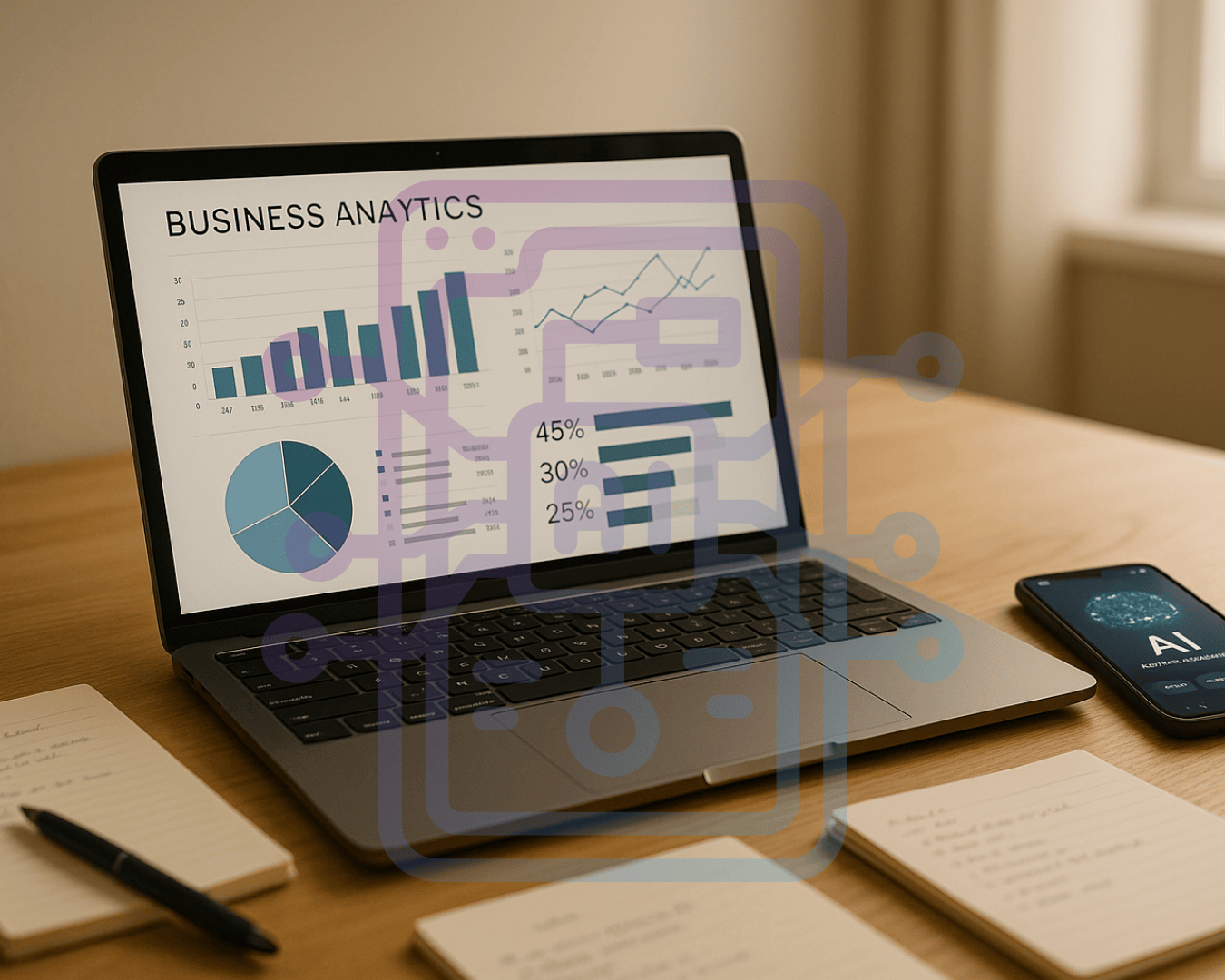






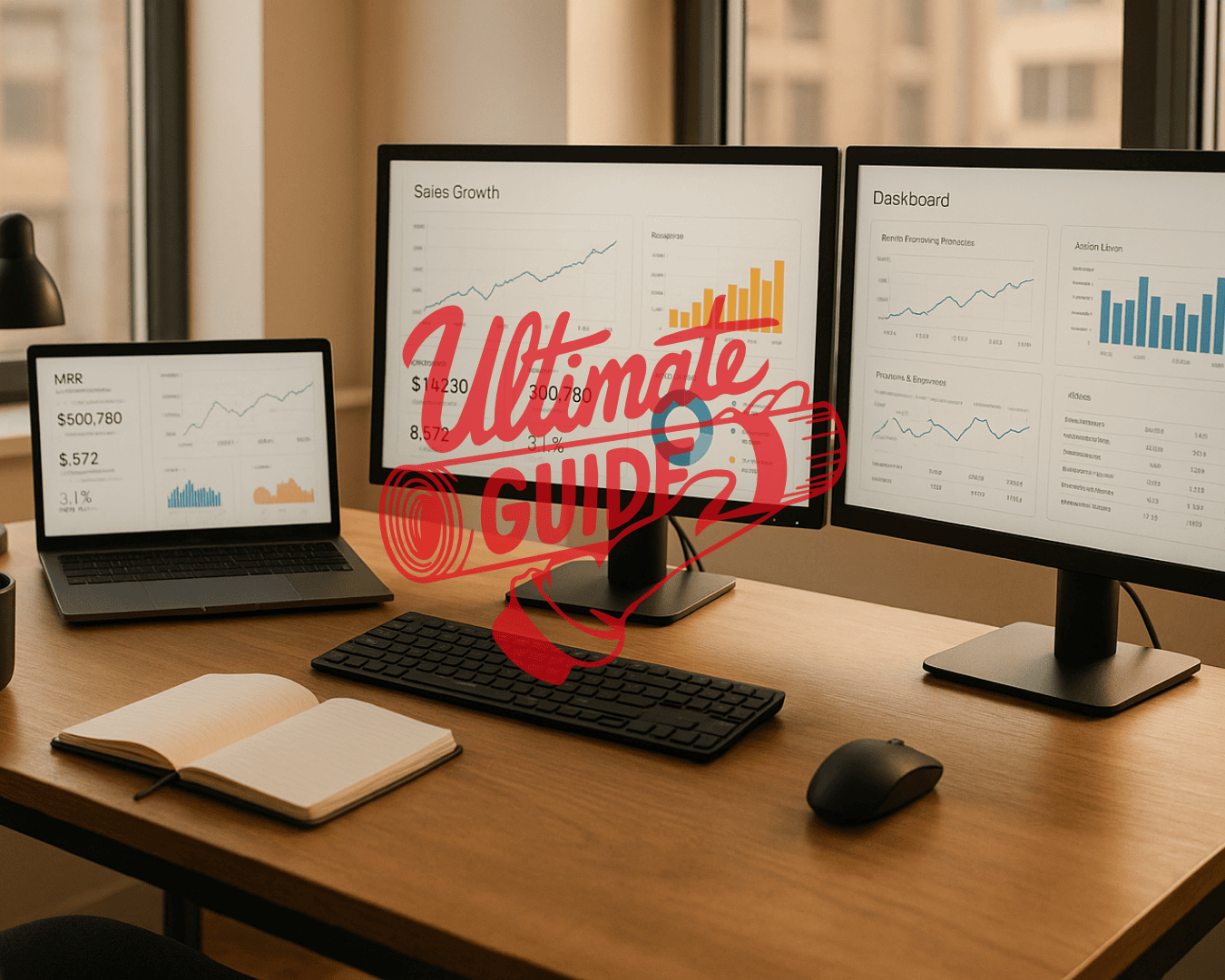




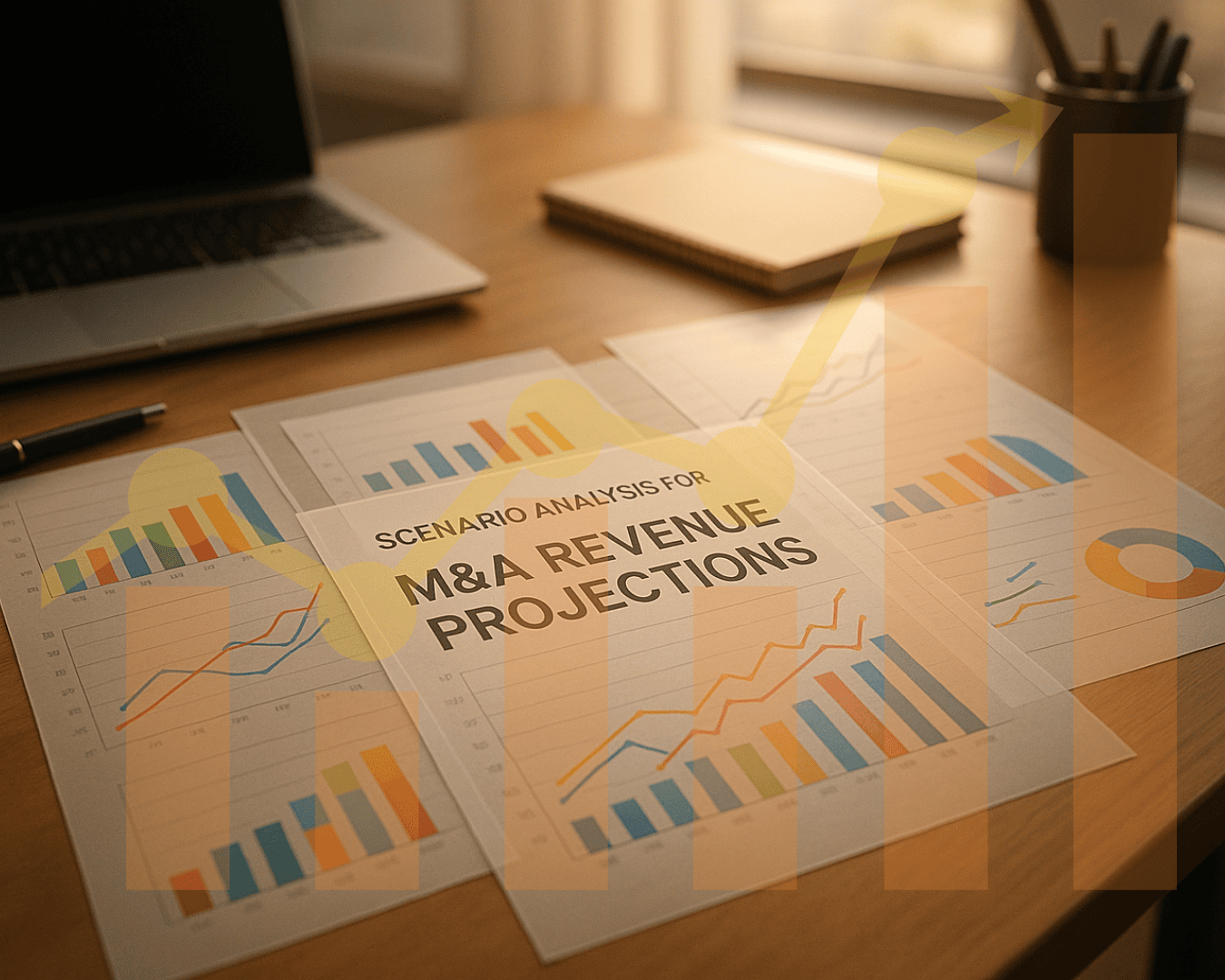





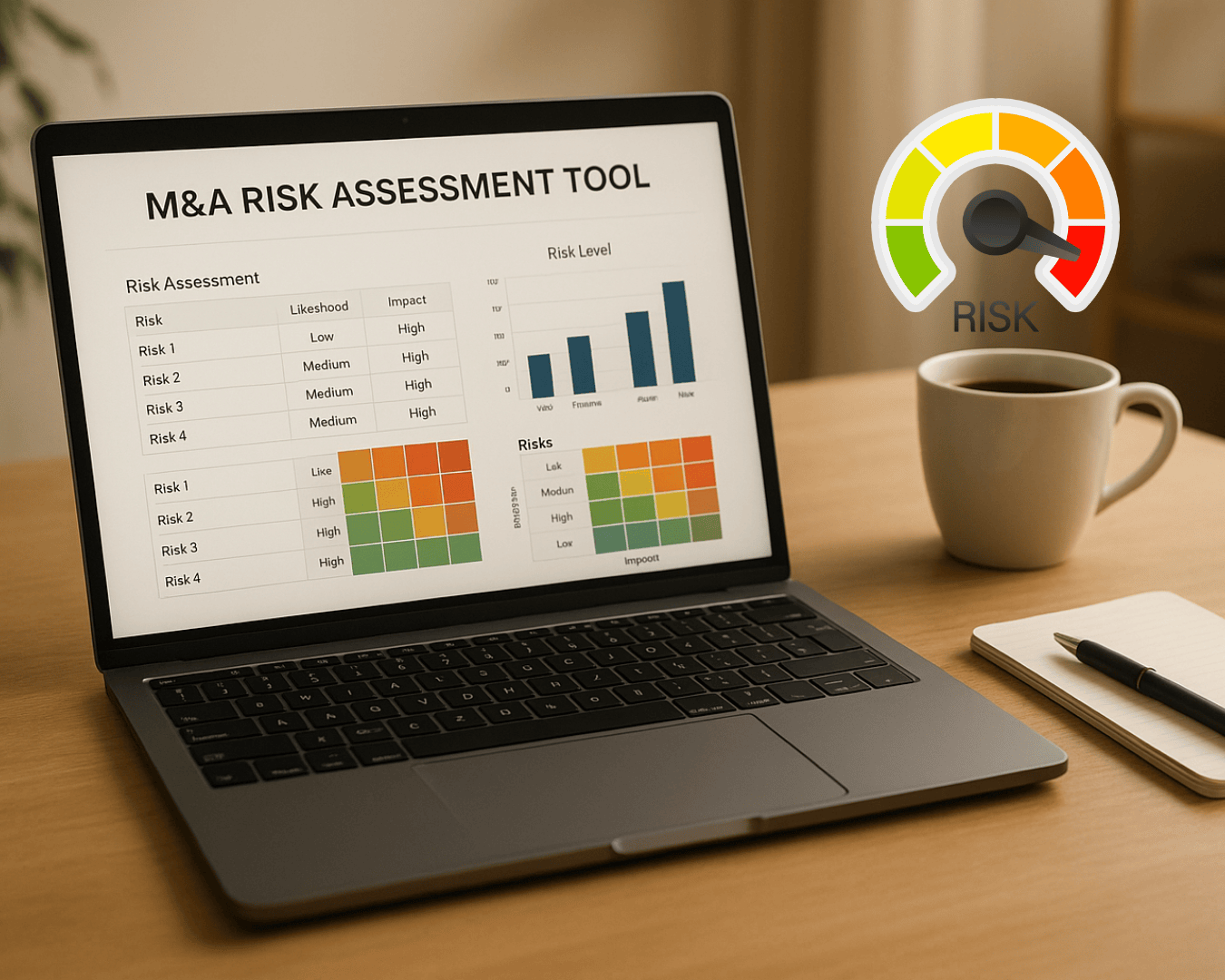











%20Loan%20Application%20Checklist.png)
